Announcement
Collapse
No announcement yet.
Triadelphia Fairy Wand Report
Collapse
X
-
In my fly rodding experience on ponds and reservoirs, if a lot of bluegills are present in a given area, largemouth bass are likely not sharing that that space with them.Originally posted by DanMarino View PostI was hoping to catch a bass or two mixed in, but only encountered bluegills. The bluegills were pretty fun and a few were nice sized.
I'm itching for some smallmouth bass, so I'm ready for the Potomac to calm down.
I’m addressing shallow water near shorelines and structure.
Bluegills will tolerate direct sunlight at mid-day. Bass typically do not. So I look for shaded areas when seeking bass. Making side-armed casts into shaded water under an overhanging branch is a good place to start.
Bluegills will school in shallow areas with no noticeable structure, other than a nearby shoreline. Bass are less likely to school up similarly. I rarely catch more than one bass with a flyrod in the same space – under the same branch, next to the same log, for example. Multiple bluegill catches in the same area are common.
River smallmouth also like structure. But that structure may not be as obvious as described above. Typically it’s underwater so you need to look for seams, riffles and any place where the surface water speed/flow changes. Smallmouth will be on the edges in slower water waiting for food to float by.
River smallmouth share space with each other much more than largemouth. Consecutive catches of them from the same spot are more common than largemouth.
River smallmouth are also sensitive to bright sunlight but less so than largemouth. Surface action increases for them in lowlight just like largemouth. But smallmouth will hit poppers at mid-day in bright sunlight. That would be rare for a largemouth in a pond.
I too am looking forward to smallmouth action with my flyrod. The Potomac should settle down soon.Mark
Pasadena, MD
Slate Hobie Revolution 13
Hidden Oak Native Ultimate 12
Lizard Lick Native Ultimate FX Pro
Comment
-
Thanks for the tips Mark. I'm also having trouble casting while sitting down in my kayak. The foam spiders are light and cast fine, but the cork poppers are very difficult on my 5 weight while sitting down. Not much distance. Don't seem to be able to get the rod to load up right on the back cast. Seems like the cork poppers have lots of wind resistance.
I'm even getting a crazy idea to head down to Mattawoman with the fly rod and see what will eat a popper. Can't imagine a crazy snakehead on the fly!
Comment
-
Poppers are indeed wind resistant. I try not to exceed a size 4 hook popper on a 5 weight. For most of my bass fishing I use a 9 foot 7 weight. I use lighter rods for bluegills and perch. I like 9 feet in length to help keep my line high, especially on my backcast while sitting. Remembering to keep the tip high (unless by necessity you must throw a side-armed cast) can also help. The extra stoutness of the 7 wt. rod will throw larger poppers with ease. Otherwise you can work yourself silly trying to compensate for the wind resistance of a larger fly with a lighter rod.Originally posted by DanMarino View PostThanks for the tips Mark. I'm also having trouble casting while sitting down in my kayak. The foam spiders are light and cast fine, but the cork poppers are very difficult on my 5 weight while sitting down. Not much distance. Don't seem to be able to get the rod to load up right on the back cast. Seems like the cork poppers have lots of wind resistance.
I'm even getting a crazy idea to head down to Mattawoman with the fly rod and see what will eat a popper. Can't imagine a crazy snakehead on the fly!
Another thing you can do is to cheat a little by using a slider. That's a topwater fly with a pointy front that slides under the water when you pull it. It makes less surface disruption than a popper but sometimes that's what bass want. Its aerodynamic profile makes it less wind resistant so you can throw a larger bass-sized slider with a lighter rod. Gaines makes a slider called Sneaky Pete that casts easy.
Also, remember that fly fishing is not a distance contest. The best cast is the one that results in a fish. You can do that with relatively short casts. Use your kayak to get into position. You can get closer to the fish without being seen sitting low in a kayak than you can by standing and throwing a longer line.
I've caught bass on the fly at Mattawoman but never a snakehead. I believe that's because they typically reside far back in the vegetation and it's hard to throw a fly line into that salad. Well, actually it's easy to throw the line in. Getting it out is another matter!
The only SH I've caught was with a guide. He poled his boat far back into the vegetation and I threw a weed-less frog on spinning tackle into very small pockets of water and retrieved it through and over the growth. I could never do that with a fly line.
Also, Joe Bruce has said that SHs are difficult on the fly because they live shallow and are extremely wary of movement in the sky above them. He suggests they see the fly line and it spooks them.
But I agree with you. It would be fun to get one on a fly.Mark
Pasadena, MD
Slate Hobie Revolution 13
Hidden Oak Native Ultimate 12
Lizard Lick Native Ultimate FX Pro
Comment
-
Cool Mark. I need to look into a beefier fly rod. Hopefully I can find something cheap at a garage sale. No way I'm dropping the big bucks for some of those rods!
OK I've made some new fishing goals.
- Striper on the fly.
- Snakehead on the fly.
- 16 inch or longer smallmouth bass on the fly.
Comment
-
These fly threads are really hurting my ability to resist picking up a flyrod. I have been wading the upper Patapsco a lot lately for SM and Redbreasts and every time I am there I think what a nice fly spot I would be.Drew
Yellow Pompano 12
Lime Slayer 10
Comment
-
Drew,Originally posted by bunnielab View PostThese fly threads are really hurting my ability to resist picking up a flyrod. I have been wading the upper Patapsco a lot lately for SM and Redbreasts and every time I am there I think what a nice fly spot I would be.
I have used fly rods in the Avalon area of the Patapsco near the swinging bridge. You're correct that the upper reaches of the Patapsco is ideal fly rod water for the species you named. I believe surface flies and light streamer patterns offer many advantages over conventional tackle in skinny fast moving water with rocky bottoms.
Give it a try.Mark
Pasadena, MD
Slate Hobie Revolution 13
Hidden Oak Native Ultimate 12
Lizard Lick Native Ultimate FX Pro
Comment
-
Drew / bunnielab:Originally posted by bunnielab View PostThese fly threads are really hurting my ability to resist picking up a flyrod. I have been wading the upper Patapsco a lot lately for SM and Redbreasts and every time I am there I think what a nice fly spot I would be.
I enjoy fishing that water too. Never tried my fly rod there yet. I would be interested to compare notes to see if we are fishing similar stretches of the river, but I don't want to post the locations here publicly. Give me a shout if you want to coordinate a trip or just share information.
13
Comment
-
Mark: I have learned and continue to learn so much from you. The problem is that, sometimes it just does not sink in to my brain. But, thankfully, I have finally gotten that Rock fish hang out near white perch. So, I will be using that golden nugget to target rocks. Thanks so much for what you give to all of us.Originally posted by Mark View Post
1.) if a lot of bluegills are present in a given area, largemouth bass are likely not sharing that that space with them.
I’m addressing shallow water near shorelines and structure.
2.) Bluegills will tolerate direct sunlight at mid-day. Bass typically do not. So I look for shaded areas when seeking bass. Making side-armed casts into shaded water under an overhanging branch is a good place to start.
3.) Bluegills will school in shallow areas with no noticeable structure, other than a nearby shoreline. Bass are less likely to school up similarly. I rarely catch more than one bass with a flyrod in the same space – under the same branch, next to the same log, for example. Multiple bluegill catches in the same area are common.
4.) River smallmouth also like structure. But that structure may not be as obvious as described above. Typically it’s underwater so you need to look for seams, riffles and any place where the surface water speed/flow changes. Smallmouth will be on the edges in slower water waiting for food to float by.
5.) River smallmouth share space with each other much more than largemouth. Consecutive catches of them from the same spot are more common than largemouth.
River smallmouth are also sensitive to bright sunlight but less so than largemouth. Surface action increases for them in lowlight just like largemouth. But smallmouth will hit poppers at mid-day in bright sunlight. That would be rare for a largemouth in a pond.
Best Regards,
StanWilderness Systems Ride 135
Comment
-
Just saw this, will shoot you a PM when I get home tonight.Originally posted by DanMarino View PostDrew / bunnielab:
I enjoy fishing that water too. Never tried my fly rod there yet. I would be interested to compare notes to see if we are fishing similar stretches of the river, but I don't want to post the locations here publicly. Give me a shout if you want to coordinate a trip or just share information.
13
I am obsessed with wading for smallies at the moment, my poor yak hasn't seen the water in a month maybe.Drew
Yellow Pompano 12
Lime Slayer 10
Comment
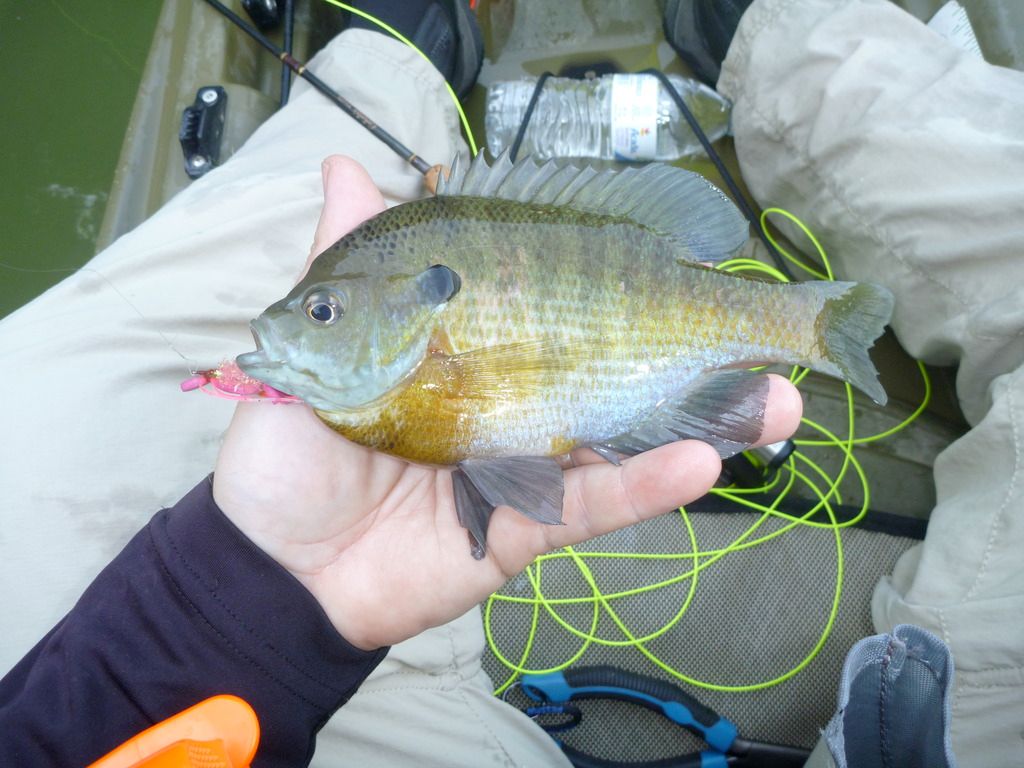

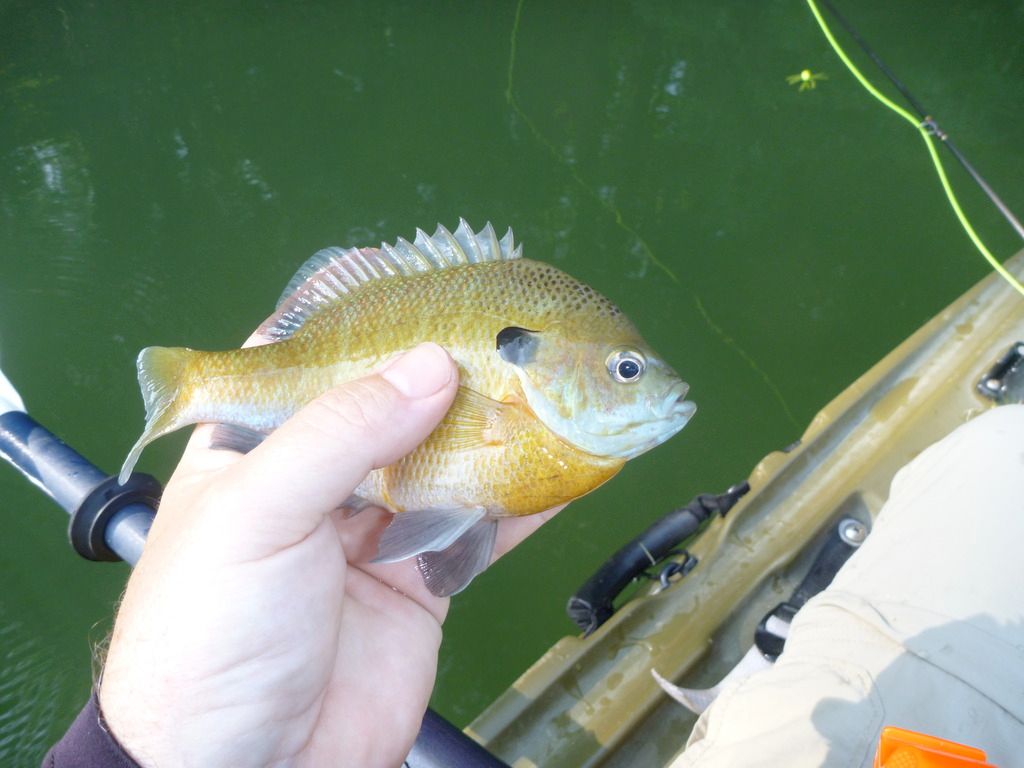
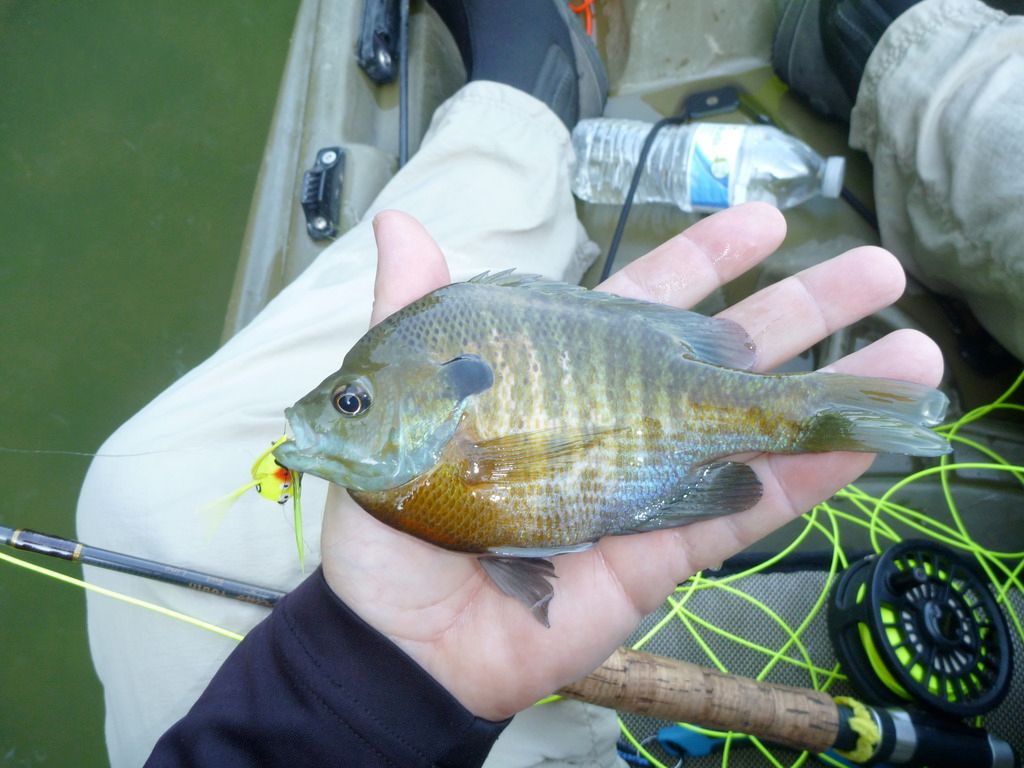
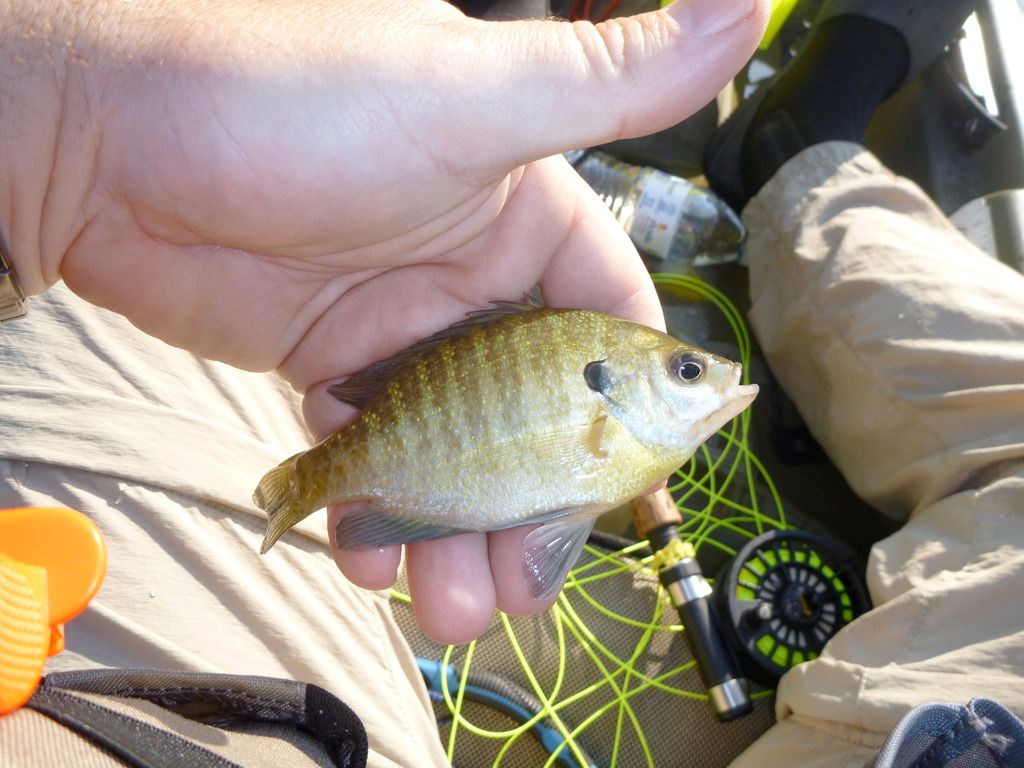
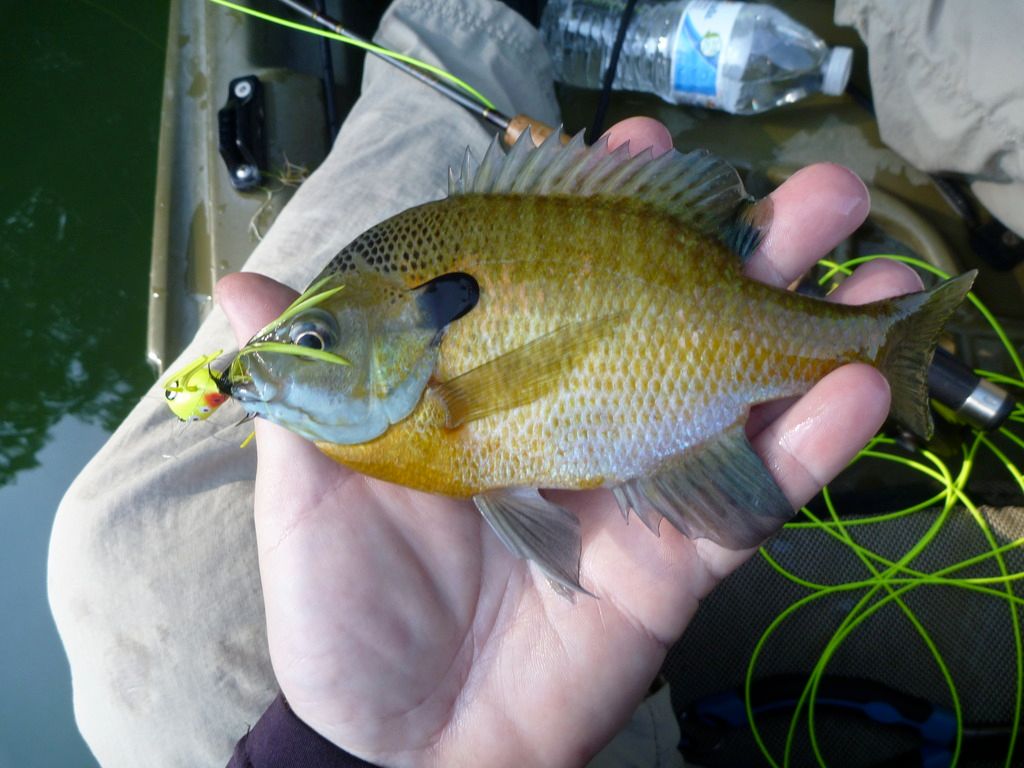
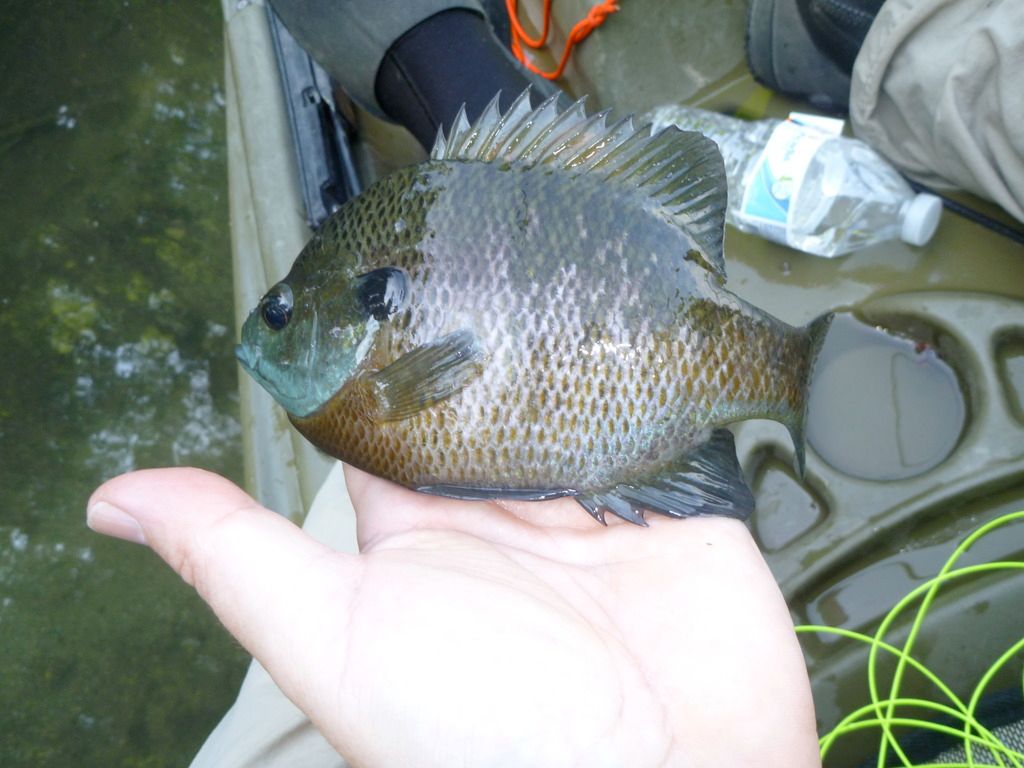
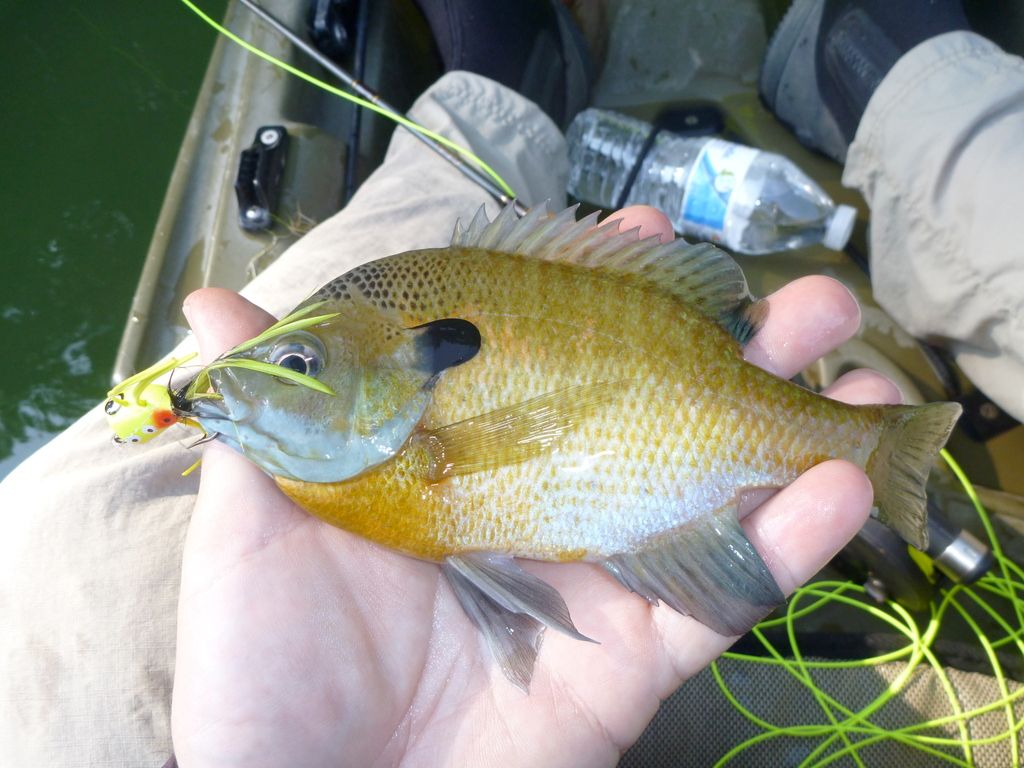
Comment